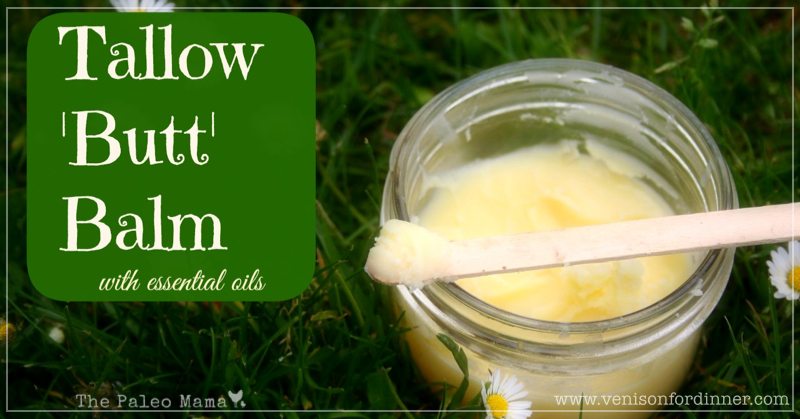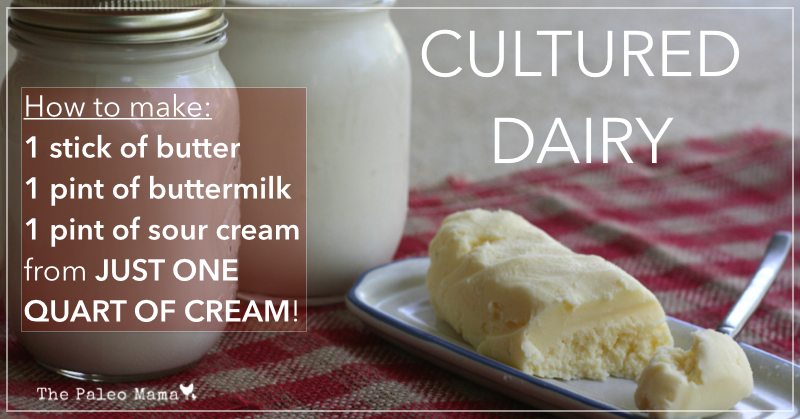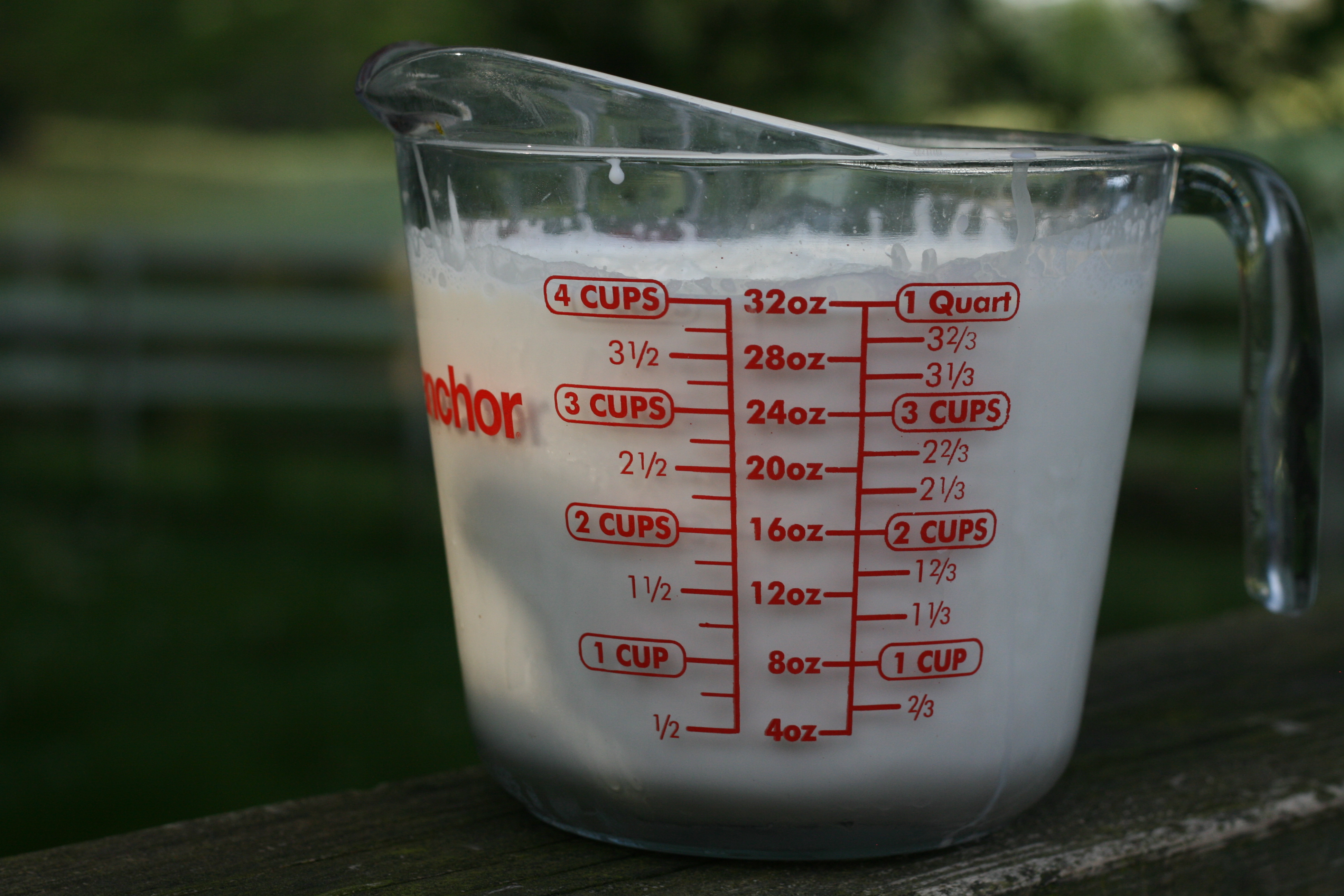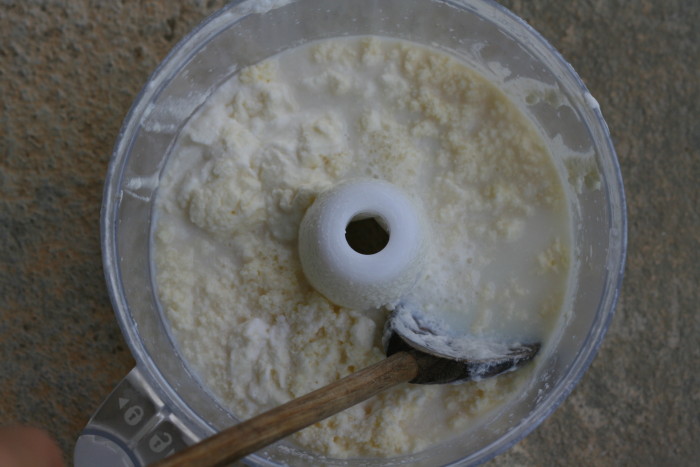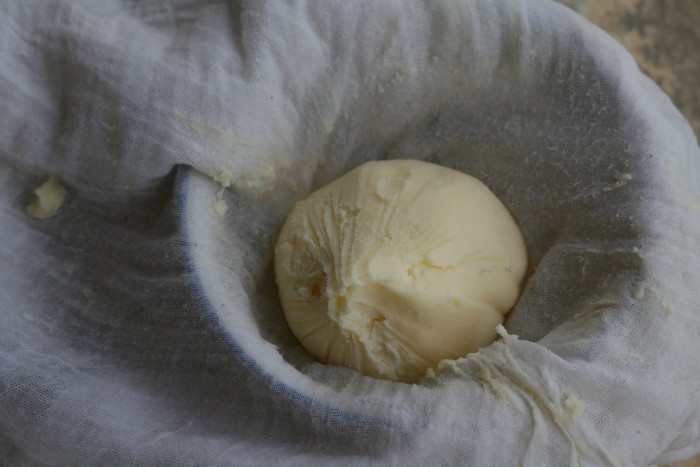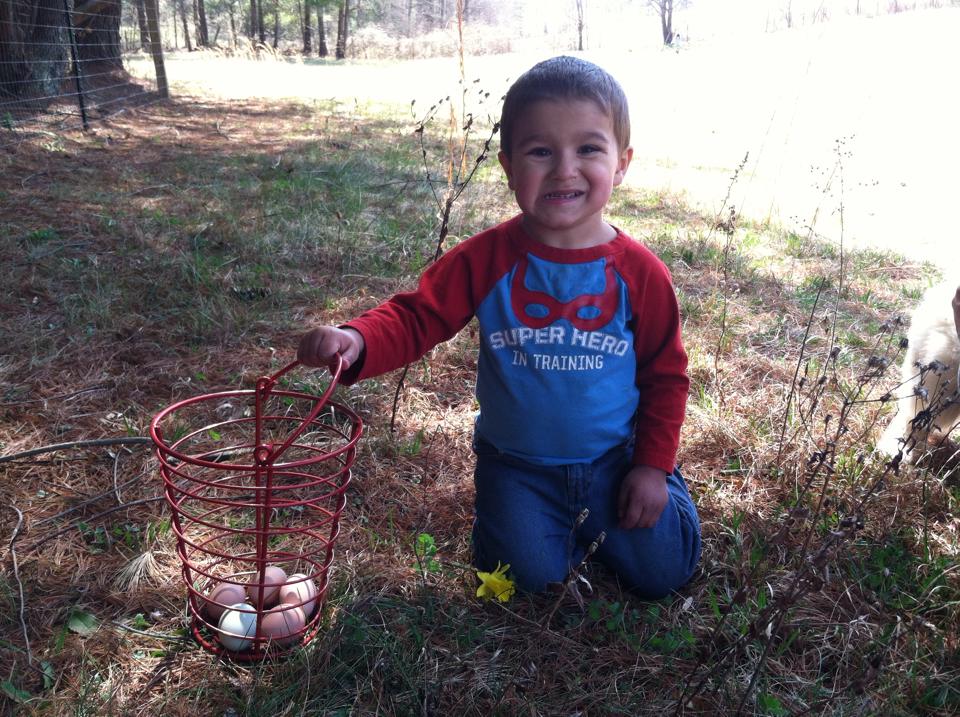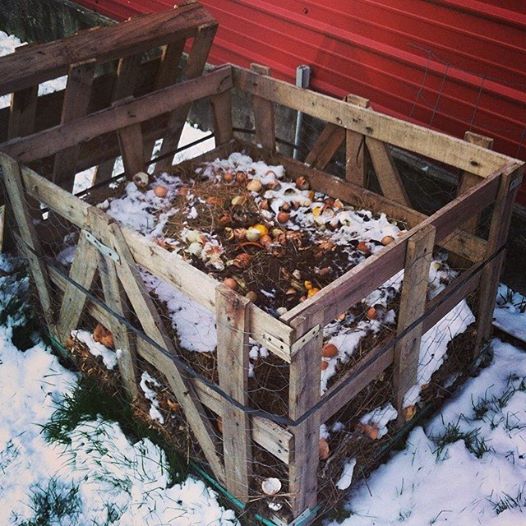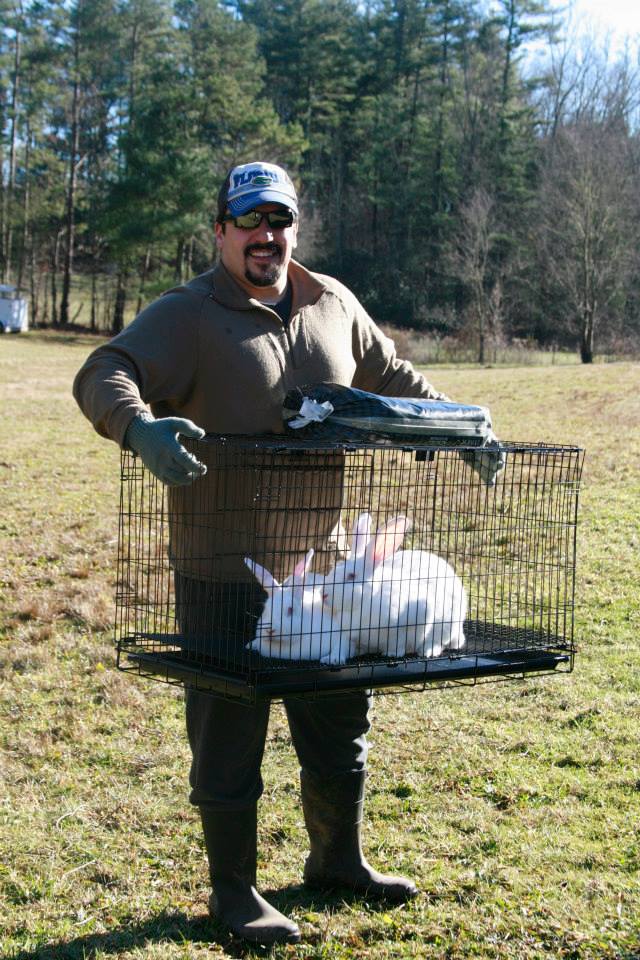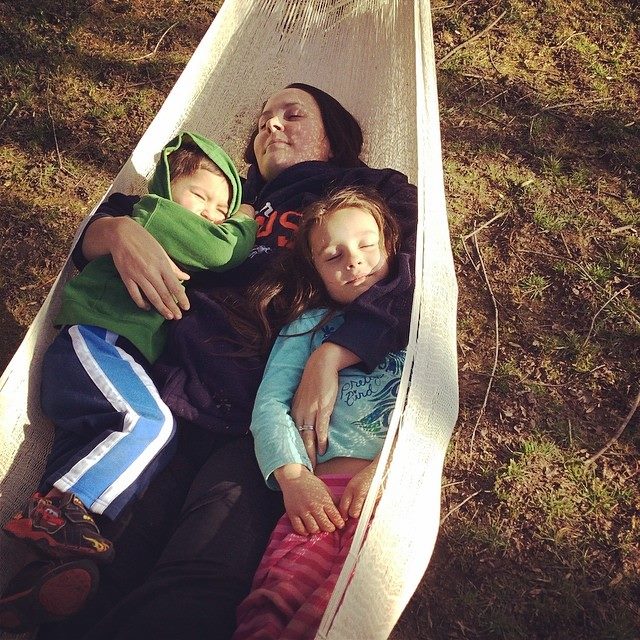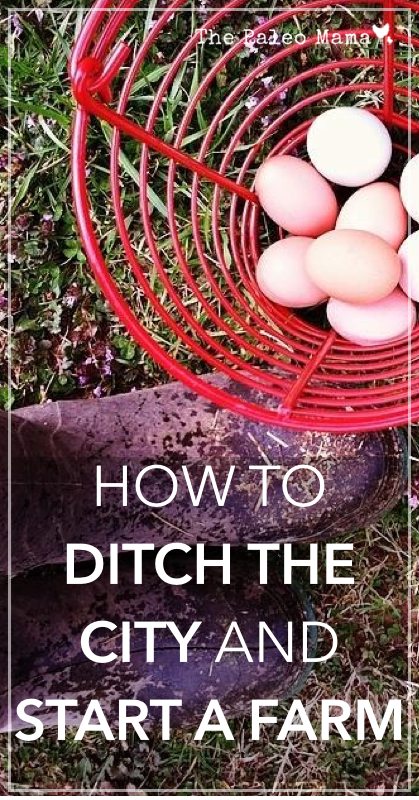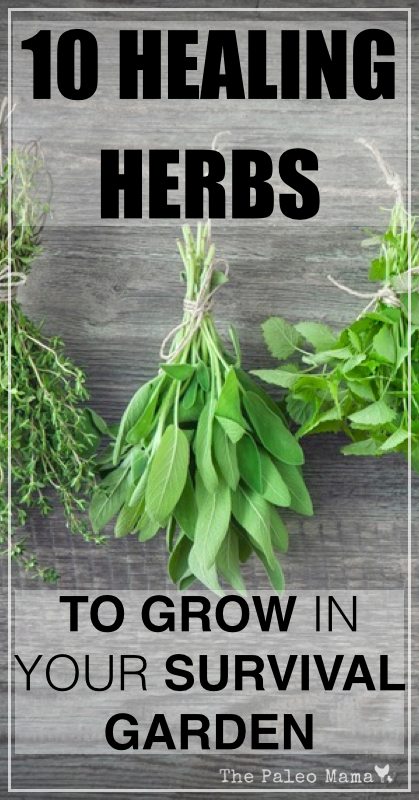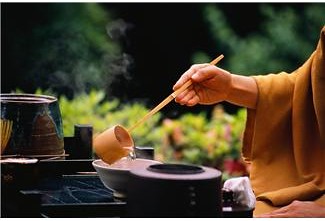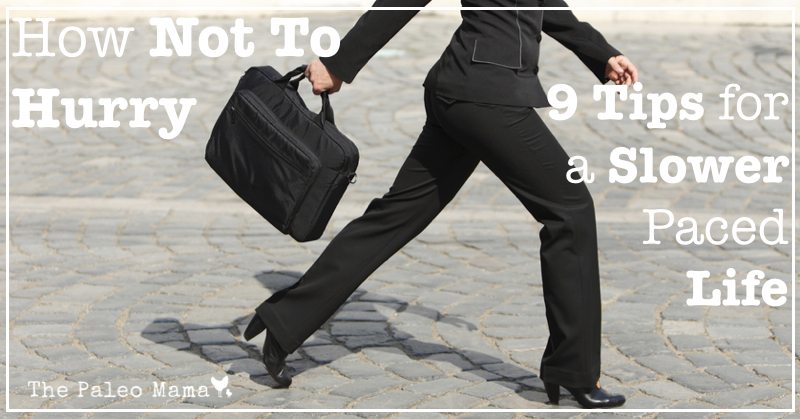
It’s just about that time again. Summer goes by so dang fast, doesn’t it? I went to the store the other day and saw moms and dads walking around with their shopping list in hand and a cart full of school supplies getting ready for their kids to go back to school.
But did you ever stop and think about how you can start to prepare your child’s body for school? Going from a safe home environment to a new class, new friends, new teachers, and new school is HARD on children. It’s a lot of NEW and lots of children do not do good with a lot of new.
So, I wanted to provide a list of essential oils that you can use to assist your child in settling into their new school environment.
A note on quality: I only use and recommend therapeutic-grade essential oils. All of these suggestions are based off the assumption that high-quality essential oils are being used. If you would like to get started using high-quality, therapeutic-grade essential oils, then you can CLICK HERE to learn how to get started!
Top 5 Essential Oils for Back to School:
- Peppermint & Wild Orange – this is a great blend to help your kids wake-up. They now have an alarm clock to wake up to, or you disturbing their slumber by turning on the light and singing, “school days, school days…good ole fashion rule days.” Put an essential oil diffuser in your kitchen and diffuse this “wake-up blend” while they are eating breakfast. Or you can put this blend in a roll-on bottle and roll it on their wrists and back of neck while you are “nicely” waking them up.
- Rosemary – Did you know rosemary can make you smarter? Rosemary is known to improve brain performance and mood. I recommend adding a drop or two to your children’s shampoo and using it to wash their hair, or rubbing a drop through their hair while they are eating breakfast before heading to school. You can, also, diffuse this oil before the kids leave for school or when they come home and work on homework.
- “Focus” Blend – The focus blend contains oils that have been studied and used traditionally for their abilities to promote calmness, focus and a balanced state of mind. Many of these oils contain high levels of sesquiterpenes, which have been proven to pass the blood-brain barrier to reach the cells of the brain. It’s primarily used for helping ease stress and improve concentration. I like to apply this blend to the back of my children’s neck as they are eating breakfast. You can talk with your school about letting your children apply it during school hours.
- Lemon – Lemon is known as “The Oil of Focus“. It’s citrusy aroma nourishes the mind and aids in concentration. Lemon is a wonderful aid for children who are struggling with school. It is especially helpful in cases of learning disabilities. It pairs well with Rosemary, so you can make a roller bottle with Rosemary and Lemon and apply to the back of the neck or diffuse this powerful duo before school.
- “Calming” Blend – Children who are hyperactive or have difficulty concentrating could really benefit from this blend. It contains essential oils that are often used to calm and soothe feelings of stress and excitement. It’s great to help wound up kids calm down and settle in for a restful sleep. I like to give my kids a detox bath at night using this blend or diffuse it in their room for an hour before bed. You can, also, apply it to the backs of their necks or feet before school (if they are very hyperactive) or at bedtime.
WHERE TO BUY THESE OILS: If you are wondering where to buy all these oils, you are in luck! I use all these oils on my children and started with purchasing a wholesale enrollment kit. I would love to help you start learning more about essential oils. You can CLICK HERE to see how so many have started their essential oil journey.

